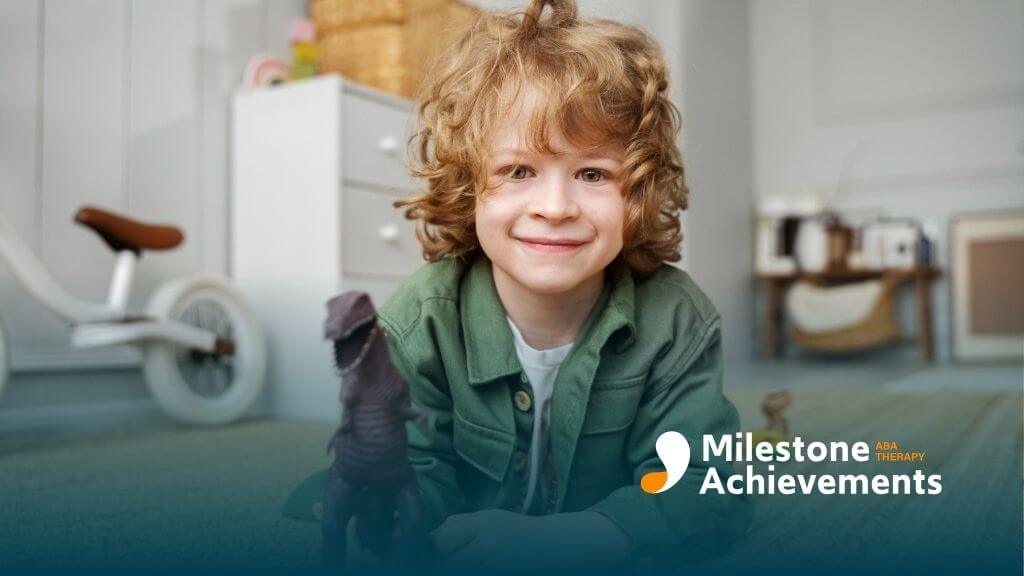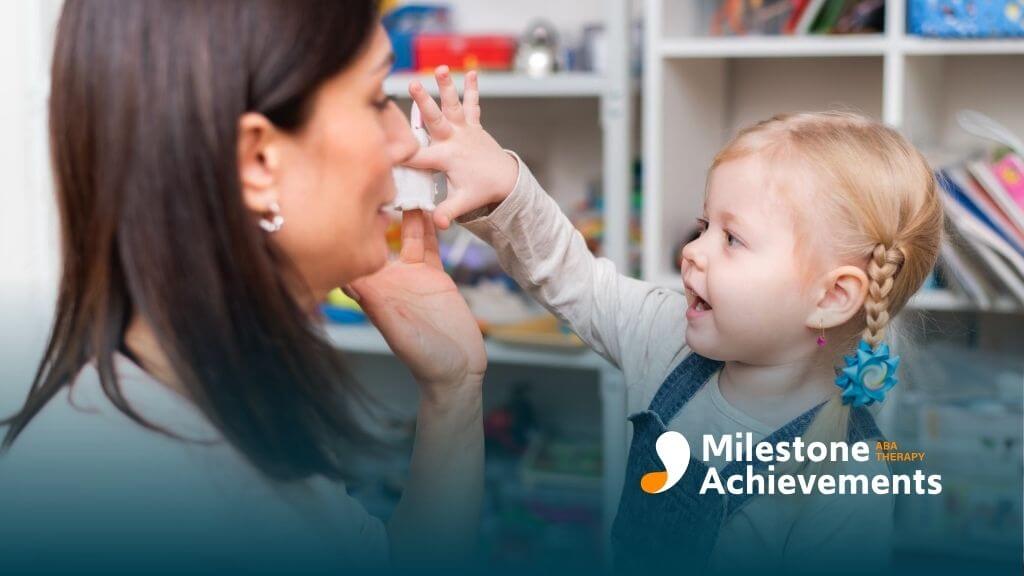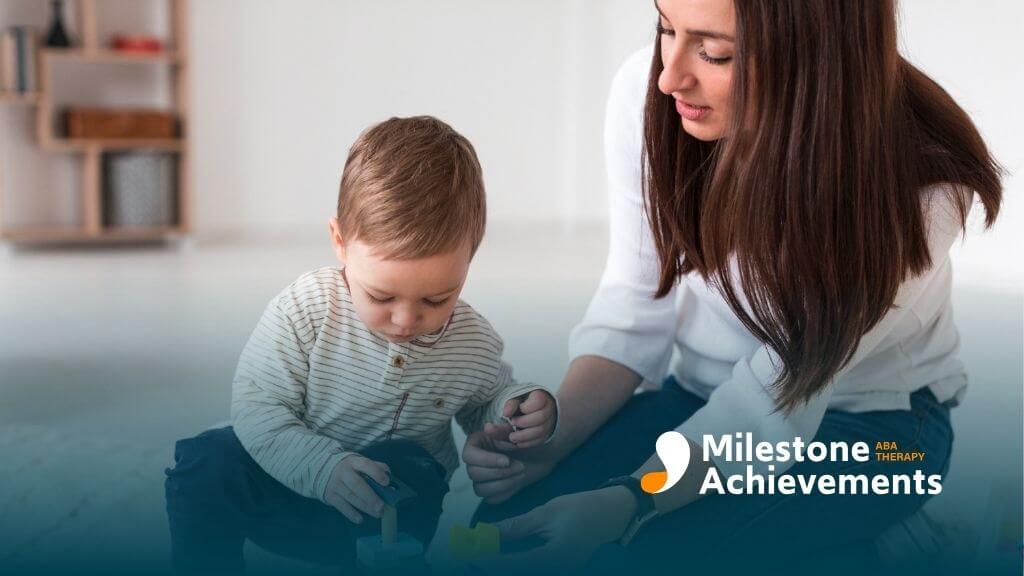
How to Make a Child with Autism Happy
Discover tips to make your child with autism happy. From understanding sensory needs to following their interests, learn ways to foster joy and well-being.
We all want our child to smile, feel safe, and enjoy life. For a child with autism, happiness often comes from the right blend of comfort, connection, and understanding. While there’s no one formula, there are many practical ways you can support joy in their daily life.
Why Happiness Looks Different — and That’s Okay
Children on the autism spectrum may experience the world in ways that differ from neurotypical children. Sensory input, communication styles, and social interactions can all affect how they feel and express happiness.
Recognizing that their “happy” might look a little different helps you meet them where they are. For example:
- Perhaps they’re quietly engaged in a favorite activity rather than bouncing with excitement.
- Or maybe they prefer a familiar routine and environment to feel truly joyful.
By noticing what works for them, you’ll better support their emotional well‑being.
Practical Ways to Encourage Joy and Well‑being
Create a safe, predictable environment
- Use routines and visual schedules so your child knows what’s coming next — many kids with autism feel more comfortable with predictability.
- Set up a calm, quiet place where your child can retreat when overwhelmed. This could be a cozy corner with favorite items, soft lighting, or sensory tools.
- Validate their feelings — when they seem upset, instead of just redirecting, say something like “I see this is hard. Let’s take a break.”
Follow their interests and let them lead
- Children with autism often have strong interests or special topics they love. Use those interests as a doorway to joy and connection.
- Offer choices: “Would you rather build with blocks or draw?” Giving control supports their independence and happiness.
- Notice what makes them smile or light up — is it a song, movement, animals, nature? Observing mood cues helps.
Use communication tools they prefer
- If talking is hard, use visuals, gestures, picture cards or technology to let them express wants and feelings. That reduces frustration and increases positive experiences.
- Celebrate attempts at communication — even if it isn’t perfect, every effort is progress. For example: “Thank you for pointing to the picture — you told me you wanted that!”
Positive reinforcement & small wins
- Praise moments of connection: when they join you in an activity, make eye contact, or use a request. Focus on *what they did, not what they didn’t.
- Create “happy moments bank” — a mental list (or physical chart) of things that bring them joy. Return to those activities when you need a mood boost.
- Recognize sensory needs: if your child is overwhelmed by noise or lights, avoid those triggers. If they seek movement or certain textures, incorporate those.
Encourage social connection on their terms
- Let them engage in ways they feel comfortable: parallel play (playing side by side) can feel safer than direct interaction.
- Facilitate playdates or group activities that align with their interest, and keep them short and structured to reduce stress.
- Model social behavior gently: narrate your own actions (“Watch me wave at the dog”) so they observe without pressure.
Include meaningful sensory and movement experiences
- Provide opportunities for movement, outdoor play, or sensory experiences tailored to their needs. For many children with autism, movement and sensory input lead to joy and calm.
- Recognize what calms your child: deep pressure, swinging, weighted blankets, or even a quiet walk can make a big difference.
- Integrate sensory breaks into their day — even short ones help avoid overload and support better mood.
Unique Ideas You May Not Have Seen
- Create a “joy jar”: Let your child pick or draw small activity cards (e.g., “sing favorite song,” “go to dog park,” “fidget‑toy time”) and pull one when you need to boost happiness.
- Memory‑moment videos: Make short videos or photo slides showing your child’s proud moments, smiles, and favorite things. Rewatching these reinforces positive feelings and builds self‑esteem.
- Sensory surprise box: Fill a small box with items that align with their sensory preferences (soft fabric, stress ball, favourite scent). Use it as a quick pick‑me‑up for them and you.
- Interest‑led field trips: If they love trains, dinosaurs, or drawing, plan a surprise outing or special at‑home event around that interest. This shows you value them and their love for that topic.
- Co‑creating a “happy list”: Sit together and make a list of “Things that make me happy.” Use visuals if needed. Then display it where they can pick from when they want comfort or fun.
Making a child with autism happy often means giving them what they need to feel safe, seen, and engaged. By tuning in to their world, supporting their communication style, embracing their interests, and providing routines with flexibility, you’re laying the groundwork for genuine happiness.
At Milestone Achievements, we believe that every child deserves moments of joy, growth, and connection — and we’re here to support you and your family every step of the way.
If you’d like more ideas or support tailored to your child’s unique needs, reach out to us to explore how our ABA services in Georgia can help.
Sources:
- https://www.autismspeaks.org/blog/five-tips-helped-improve-my-childs-behavior
- https://www.autism.org.uk/advice-and-guidance/topics/family-life-and-relationships/making-friends/parents-and-carers
- https://www.helpguide.org/mental-health/autism/helping-your-child-with-autism-thrive
- https://www.mayinstitute.org/news/acl/asd-and-dd-adult-focusedasd-and-dd-child-focused/i-want-my-child-to-be-happy-a-guide-to-pursuing-happiness-for-autistic-individuals/
- https://danmarinofoundation.org/5-simple-ways-to-support-positive-behavior-in-your-autistic-child/


Partner with us on your child's journey
Milestone Achievements offers evidence-based ABA therapy to help children with autism reach their full potential. Together we’ll set meaningful goals and celebrate progress every step of the way.
Start ABA Services TodayFrequently Asked Questions (FAQs)
What are the best ways to make a child with autism happy?
Creating a predictable routine, incorporating sensory-friendly activities, and following your child’s interests are all effective ways to bring joy and comfort.
Why is routine important for making a child with autism happy?
Routine provides predictability and reduces anxiety, which helps autistic children feel safe and secure, contributing to their overall happiness.
How can I include sensory-friendly activities in my child’s day?
Incorporate activities like sensory breaks, textured toys, or quiet time in a calm environment to help your child manage sensory overload and stay happy.
Can a child with autism experience happiness in the same way as other children?
Yes, although their happiness might look different. Autistic children often express joy in their own unique ways, like through deep focus on a favorite activity or a calm smile.





